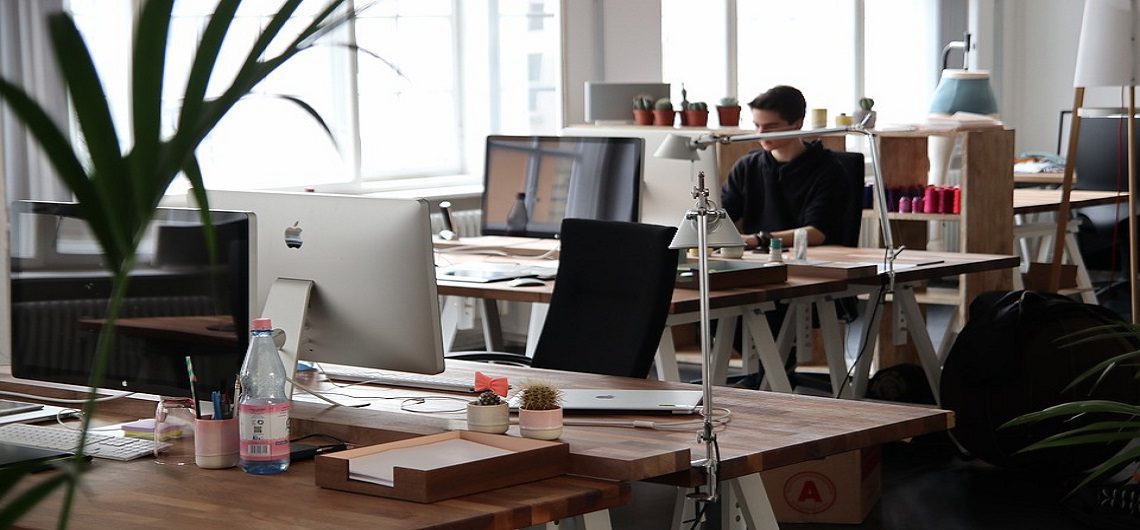by Eva McDonnell, Founder/ Director of PerspectiveHR
Some years back, I joined a company mid-way through their office refurbishment. It was quite interesting to see the contrast between the cramped, dark, red felt walled offices of old and the expansive, bright, open minimalist look of the new workspace. The cost of the refurbishment was substantial but the rationale was clear: the business was growing, as were real estate costs, and to stay in the same landmark building, the company needed to maximise its use of space. The other reasons for the open plan model were due to the evolving nature of work- many employees worked off site so didn’t need a permanent desk and an open environment would foster greater collaboration and brainstorming among colleagues. It would also foster an ‘open door’ policy for Management because, well, the only door was the one on the way out.
6 months later, I facilitated group sessions to generate some feedback on the new way of working. I had heard lots of informal views on the changes but was still surprised at how many people really hated working in open plan offices. The feedback was often contradictory: The noise! The quiet! The smell of other people’s food. The woman who quite audibly can’t decide where to go on her holiday. The guy who comments on what is on everyone else’s laptop screen. The shouters, the whisperers, the sneezers, the snifflers… The list was long. It was pretty clear that people were struggling to find their fit in what was now a more hostile and distracting environment.
Even more unpopular, and the equivalent of the seventh circle of hell for introverts, is the concept of hot desking, where employees pack up their belongings at the end of each day only to find another available desk the next. This model is fine when employees aren’t regularly in the office, but it is a difficult adjustment for the typical 9 to 5-er. Nothing says ‘you belong’ like shoving your stapler and the kids’ school photos into a locker at the end of the working day.
My experience is all anecdotal but there is now lots of research to show that open plan offices are not as productive as we think. Take the recent Oxford Economics study of 1200 employees and their employers. It found that employees, when asked what was most important in a work environment, rank much higher the ability to focus and work without interruption, than free food or other amenities. It is harder to focus with lots of little distraction and while people do talk more, it is not necessarily about work (which isn’t always a bad thing of course). The ‘Big Brother’ mentality of being visible to everyone creates defensiveness even among those who have nothing to hide. Employees find themselves constantly on alert, ready for whomever may spring up at their shoulder. And hot-desking affects our memory too, according to Sally Augustin, an Environmental and design psychologist. We retain more information when we sit in one spot because we offload memories and little details into our surroundings.
Open plan offices aren’t going anywhere soon but there are some ways to overcome their drawbacks: Breakout areas to work quietly without distraction, meeting rooms to engage with bigger groups, and private phone booths so people can do their full-on telephone voice in comfort. Establishing some etiquette around the open plan office also helps, the best way to do that is with the employees themselves. And on those tuna and egg sandwich days, it is best to go to the canteen for lunch.
About the author
PerspectiveHR is led by Eva McDonnell, BA (HRM), LLB, CIPD. Eva has significant experience working across all aspects of Human Resources, including Recruitment and Selection, Performance Management, Employee Engagement and Communication, and Organisational Development and Design. She can be contacted on 0876471907 or at [email protected]









































